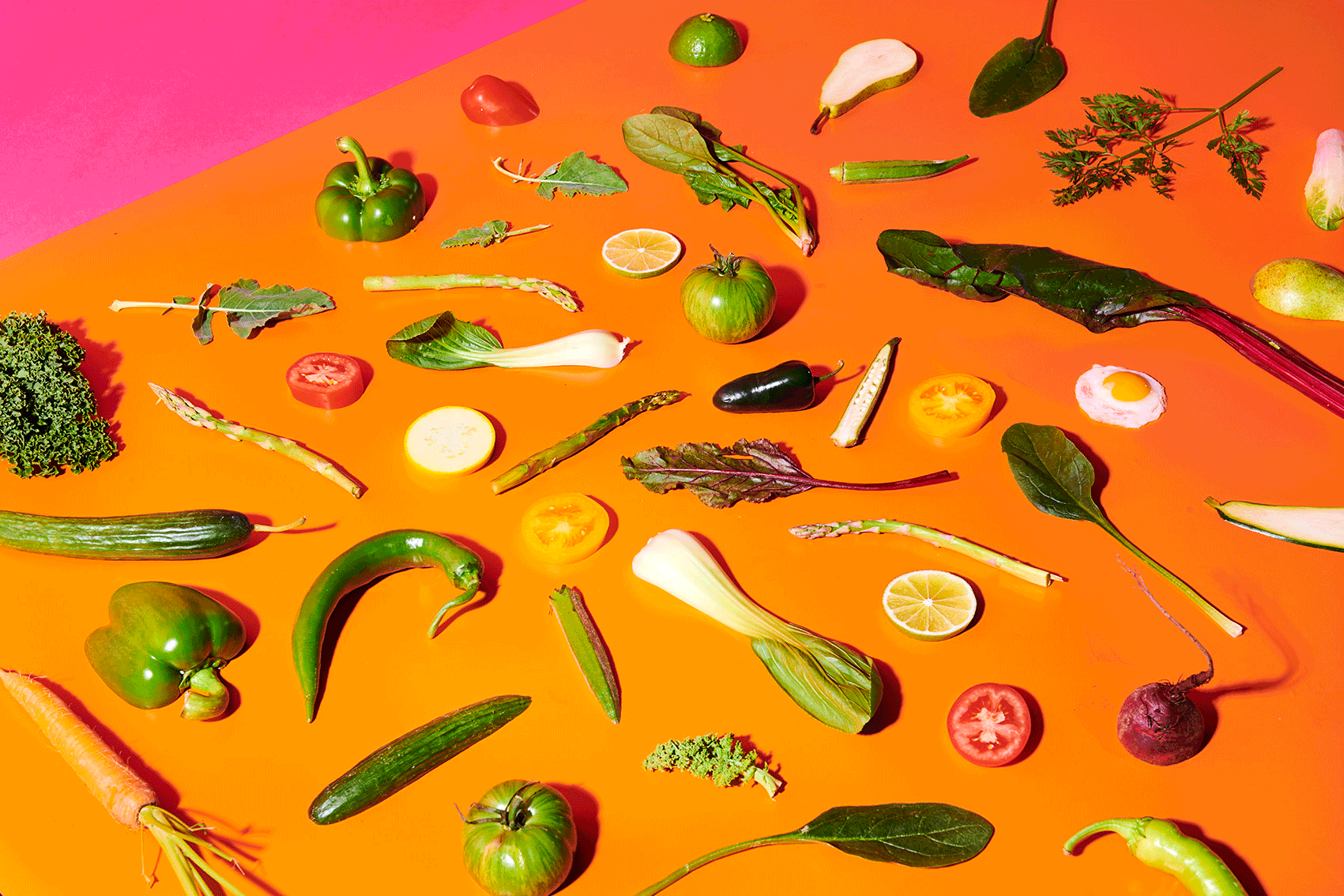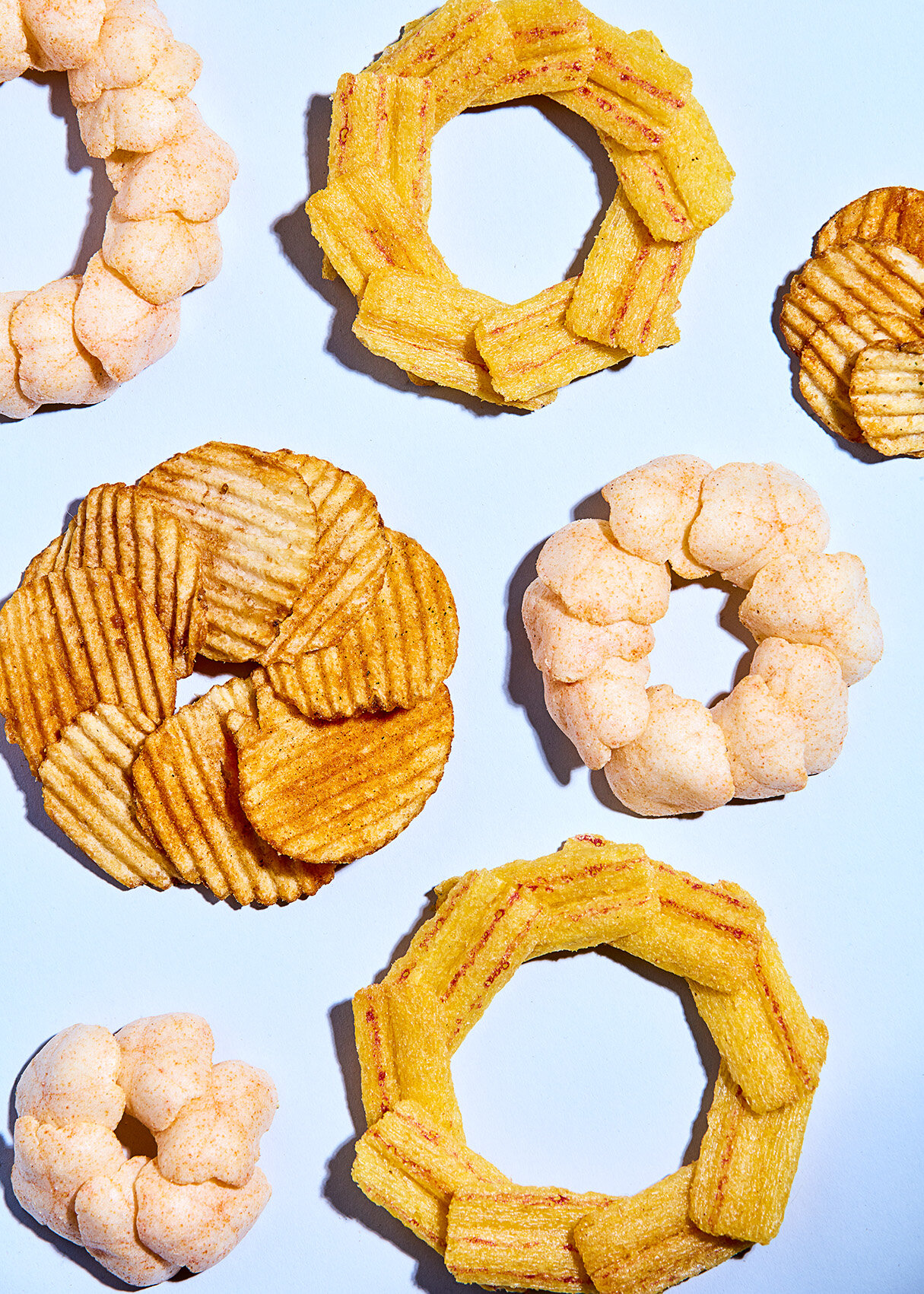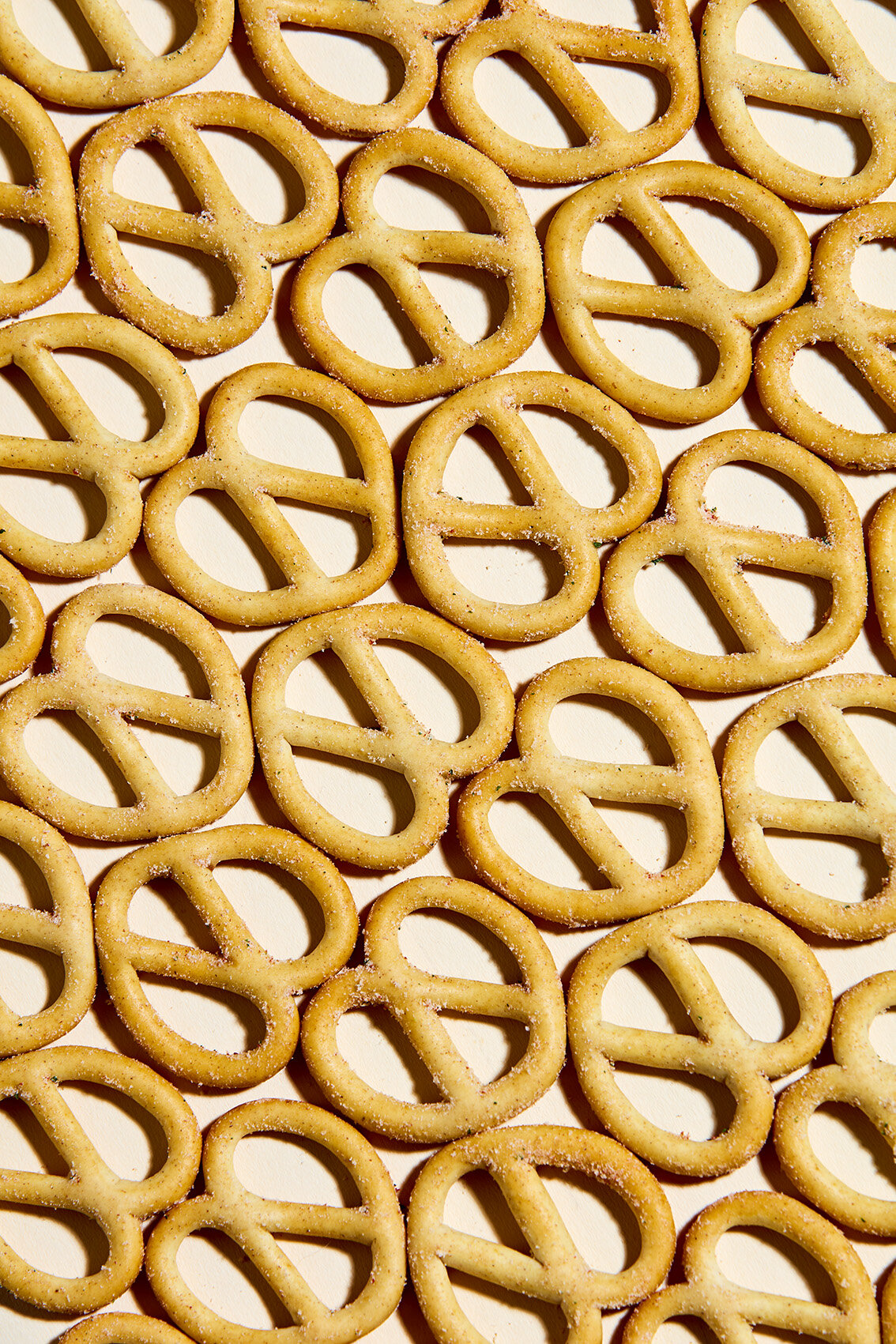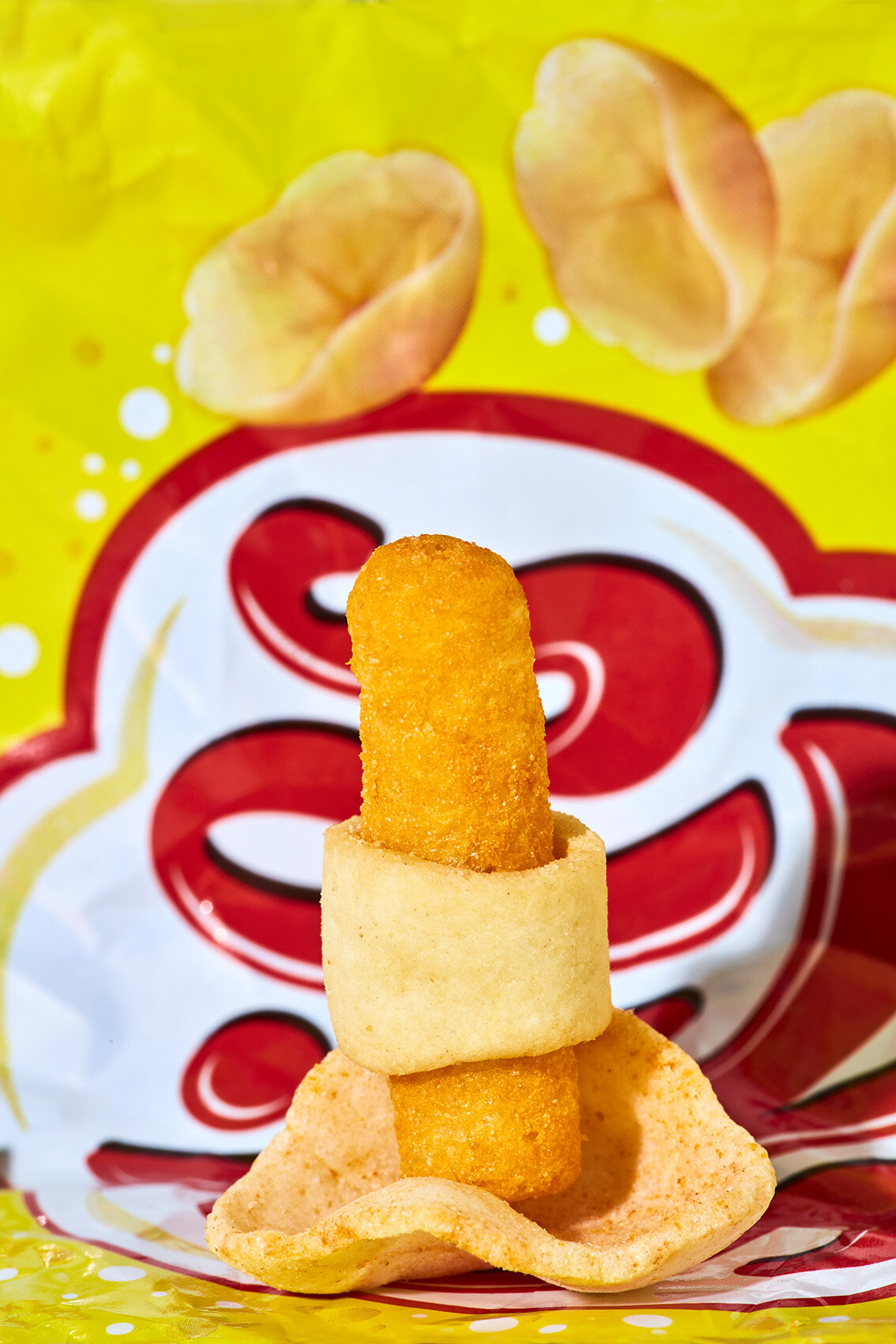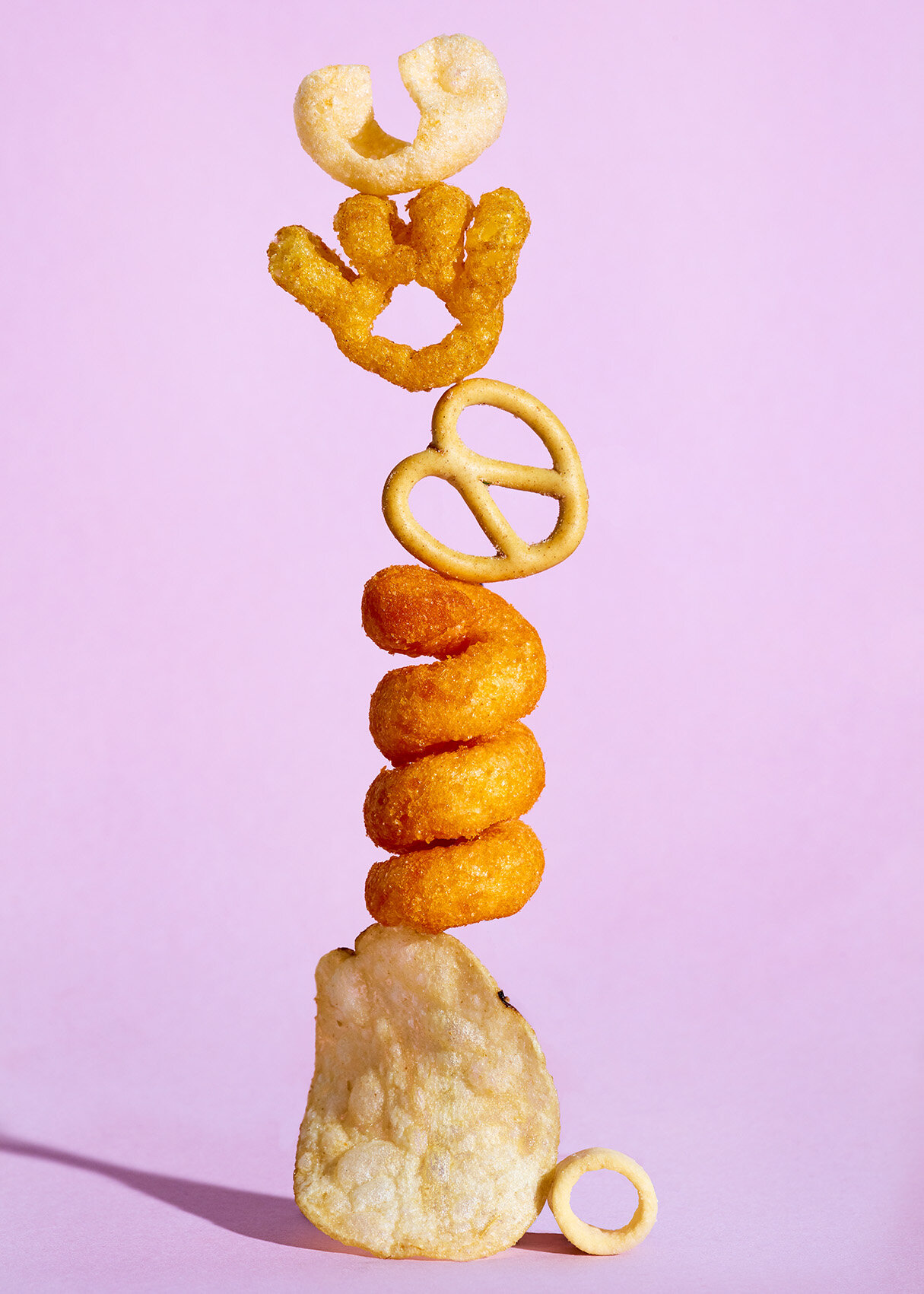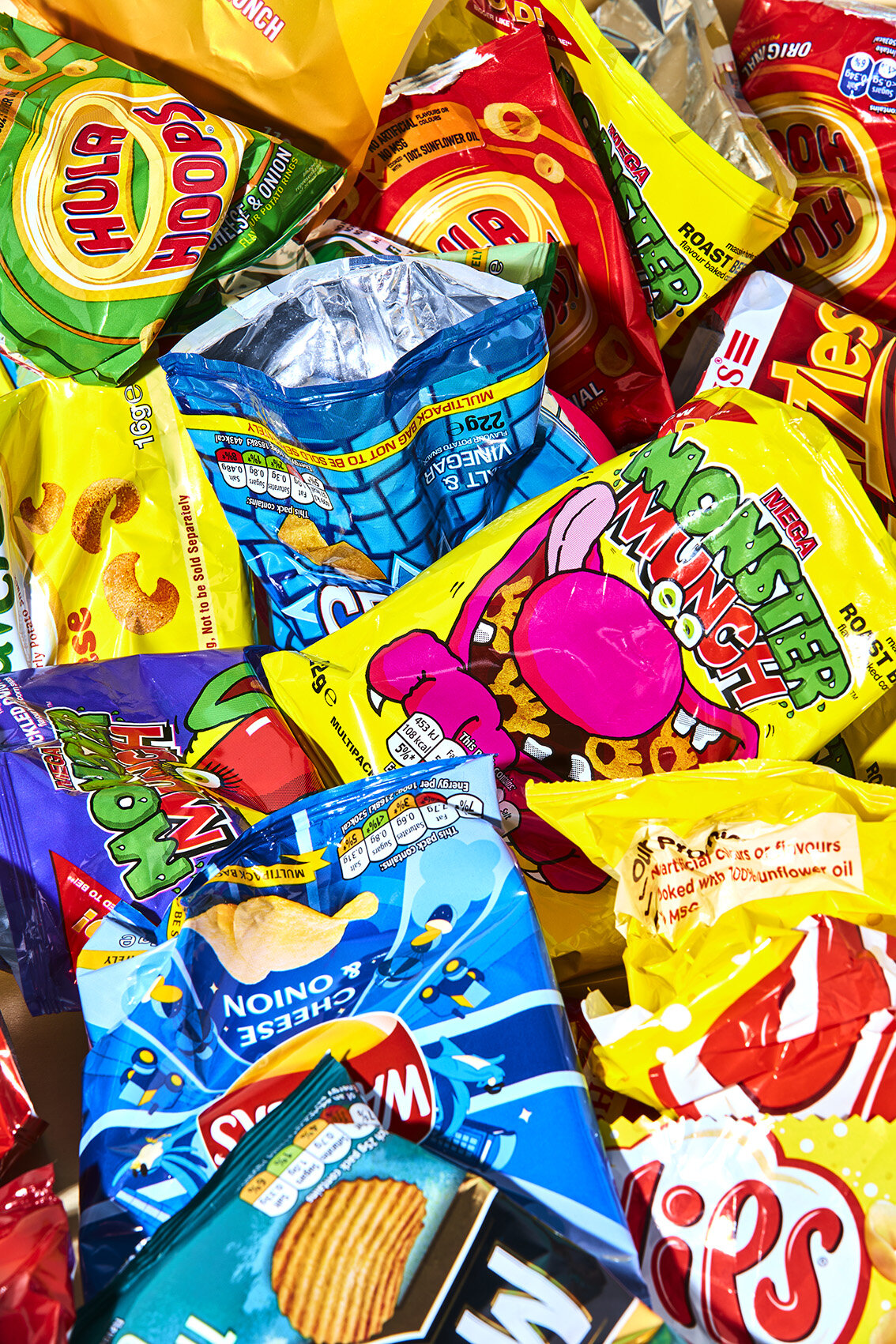The Crisp Project. FOOD_ Iain Graham
Food Stylist Iain Graham and Photographer Julia Kennedy explore the detail of the nations favourite love to hate.
BUT SHOULD WE BE BUYING OUR PLASTIC COVERED FRIENDS?
Crisps and their Natural Habitat
Crisp packets for as long as I can remember have alway been emblazoned with several logos, all with the usual recycling arrows and numbers, a monochrome guy and a bin. Up until about a year ago I had no idea that they were not part of our local recycling program. I had, amongst other things, been tossing them happily into the green bags, safe in the knowledge that I was doing the right thing and that my crisp packet was due to become another one for someone else.
Once I realised that these plastic film bags, disguised as foil packets were no more recyclable then the ham wrappers and film packets that I despised so much, but to my knowledge I couldn’t see a way to recycle them outside of my local Hackney recycling.
I am not a massive crisp eater, its a kind of once in a blue moon kind of guilty pleasure so at the time, my level of guilt didn’t make me look to hard, in fact for me it was easier to abstain and not buy the crisps at all. But with 6 billion crisp packets consumed a year in the UK alone, where do these packets go?
Well up until recently if you weren’t incorrectly filing them in the recycling, then they were going straight to landfill, much like mine, but a more direct path. Some crisp packets have been found intact after over 30 years in landfill.
In the UK, despite the clever disguise of logos and labels that had fooled me for years, many other people had begun to see through it, to the point where some loyal Walkers eaters had decided ‘en masse’ to rebel against this lack of environmental packaging by mailing Walker’s own packets back to them, in a lot of cases, without even using an envelope, just a label straight onto the pack. The volume of this response got so large that the UK’s Royal Mail started to appeal to people not to post crisp packets without an envelope as the post boxes were found to overflowing with used, empty crisp packets.
Walkers have been set the hopefully achievable deadline of making all their packets both recyclable and fully compostable by 2025. But why should it take this long, surely by now someone has made a recyclable crisp packet??
PepsiCo trialed several biodegradable packets in the US as far back as 2009 however the plans were shelved, not because the pack did not work, but because consumers said they were too noisy. I wonder what the reaction would be today? But why does no one have biodegradable packaging? Well there seems to be one company who is doing it and successfully too. Two Farmers, a small potato crisp company in Herefordshire, have a packet that is home composting within 26 weeks, their claim is that you can then grow your own potatoes from it!
Walkers, encouraged by the flow of empty crisp packets, (owned by PepsiCo UK) have partnered with a company called TerraCycle to deal with the issue. Scarily its the first EVER crisp packet recycling scheme. What TerraCycle do is separate the plastics, and melt them down and create pellets, which can then be used to make things like benches, bins and watering cans. TerraCycle are an international organisation, so this is also helping with the crisp packet problem around the world.
This is a positive step but I have never thought this kind of offsetting is a real solution so the sooner we have a naturally compostable packet, (which is clearly possible, though perhaps not as profitable) the better…
